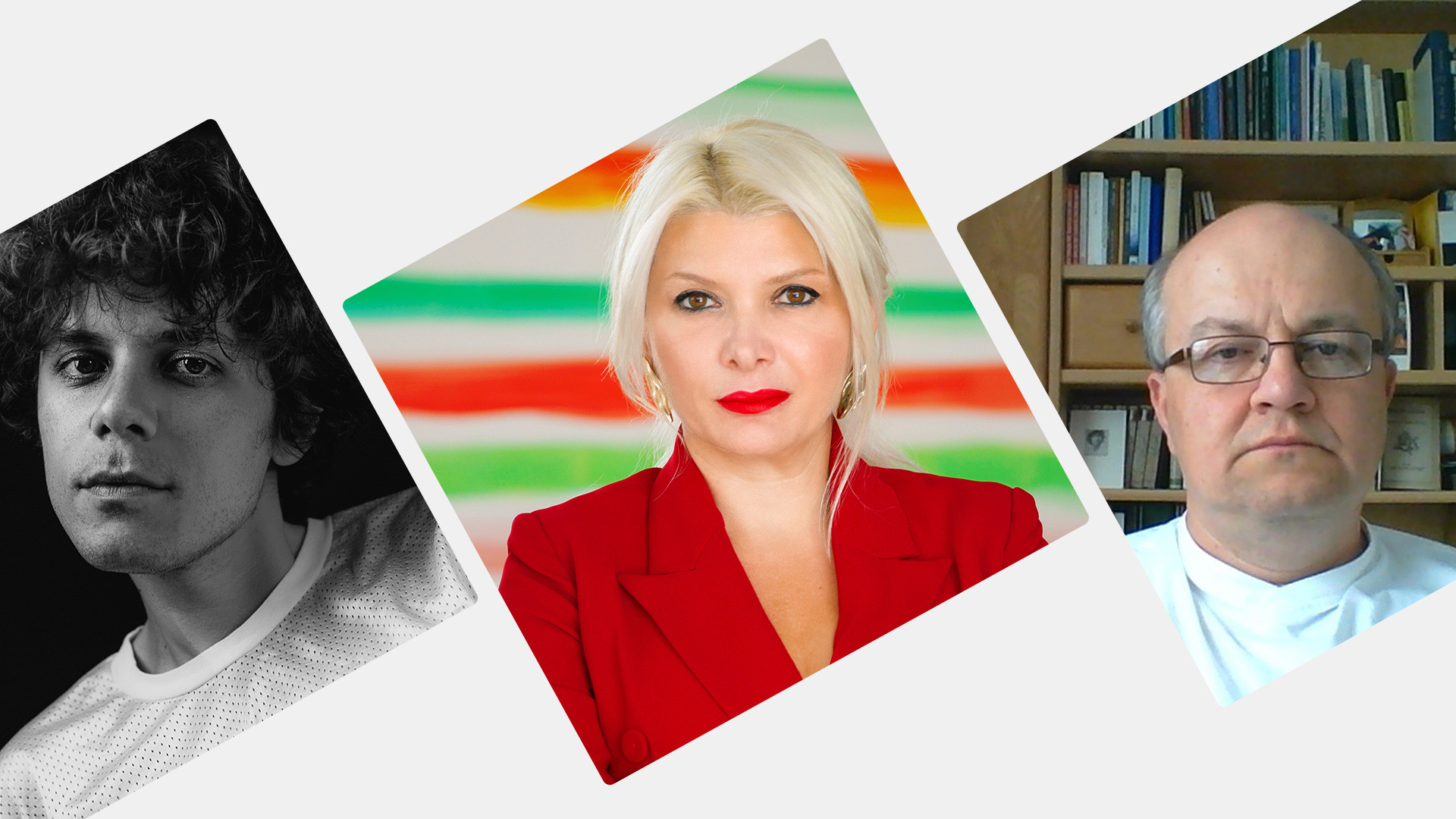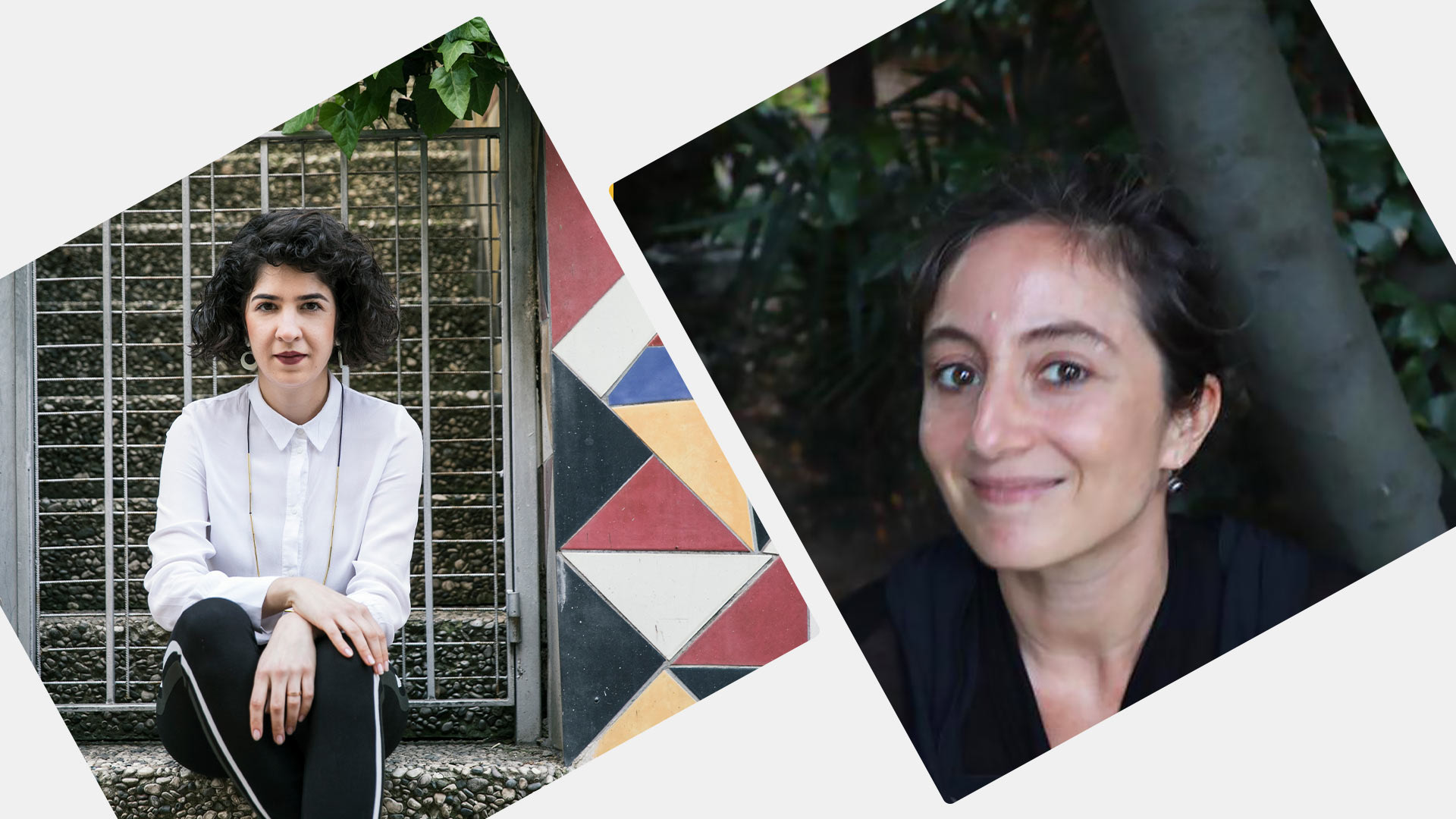Blog
The Broken Lamp That Paints The Room
11 December 2020 Fri
We had recently looked at how water appears in the Borusan Contemporary Art Collection and the Borusan Contemporary exhibitions in a series of articles. The main reason for this was that I wanted to establish visible links between human life and art.
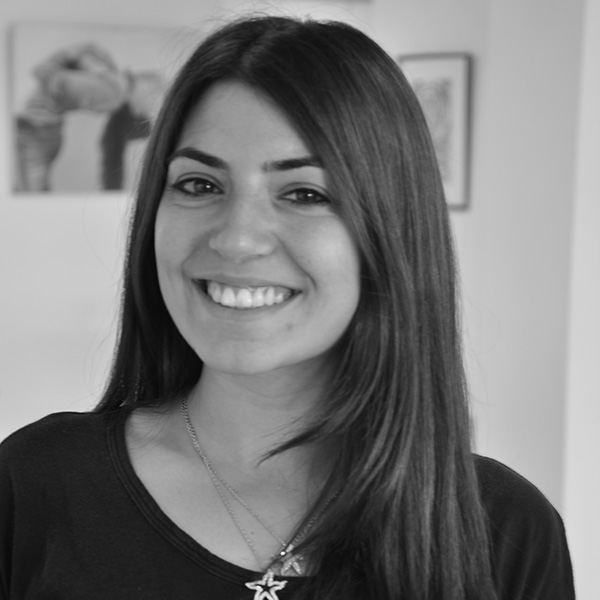
DENİZ CAN
denizdcan@me.com
After all, although art is the result of great intellectual accumulation and creative production, it will be meaningful to us to the extent we can understand and connect with it. Based on the widest common denominators of our species, I believe it is possible for art to thus make sense to a wider audience. "Light, like water, is necessary for many things in nature to exist and develop." (Vardar, B., 2000, p.5) Perhaps this is why light has fascinated humans since its existence, even causing them to attribute gods to the source of that light. It is therefore not surprising that the Egyptians claimed their greatest god to be the Sun, the main source of light known to humans. The Greeks named the sun god Helios. Similarly, in Chinese mythology, there is a god attributed to the Sun. After all, human existence on earth depends on the rays coming from the sun. When we open our eyes in the morning, we are so used to the giant fireball that greets us that we see wherever we look. Sometimes the sun reminds appears in Van Gogh's Sunflowers, sometimes the sun appears in Brigitte Kowanz's Spatium, despite all the distance.
On the other hand, not all of these rays are visible to the human eye. The rays coming from the Sun consist of varying electromagnetic wavelengths and extend from radio waves to gamma rays. Within this spectrum, also called the electromagnetic spectrum, there is only a very small part that can be perceived by the human eye, and this part is called the visible spectrum. Light is another name for this cool and technically named concept. Humans prove in many different ways that they have been conscious of the energy of light for centuries. In fact, medieval painters show the sacred energy within human beings through glowing gilded halos. Which image element could be used to express the energy of such powerful figures other than light?
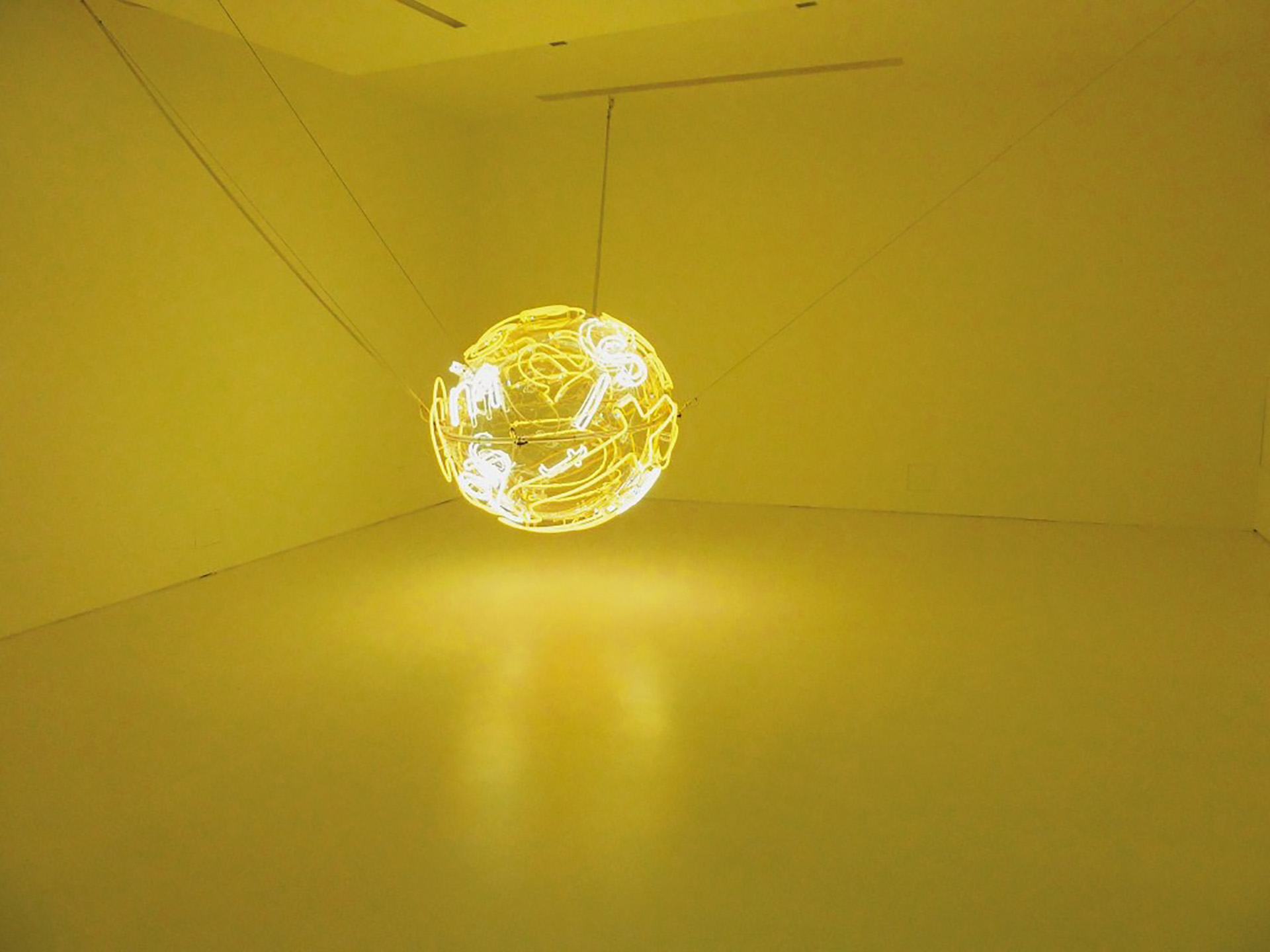
Brigitte Kowanz, Spatium, 2006.
100 x 120 x 100 cm.
Neon, akrilik cam, yüksek kaliteli çelik.
The Borusan Contemporary Art Collection, which hosts a comprehensive selection of light-based art, carefully brings together artists who use light in almost every way imaginable in their production. Christoph Dahlhausen is one of the artists included in the Borusan Contemporary Art Collection with his work Broken Lamp (2012) consisting of fluorescent lamps, mirrors, metal legs, and cables. When analyzing Dahlhausen and even other light works in the collection, I see the nature of light and human perception as my guide. In his book, which is an important source on image, sound and motion, Herbert Zettl also emphasizes that light is essential for life. According to Zettl, light is essential to life. It is necessary for most things to grow. It is the key element of visual perception, and it orients us in space and time. It also affects our emotions. Light is the agent that makes things visible. When we look at our surroundings, we receive a multitude and variety of light reflections. Each reflection has a certain degree of light intensity and complexity. The intensity variations appear to us as light or dark areas—as light and shadow—and the complexity as color. (Zettl, H., 2017, p.19) All these items mentioned by Zettl illuminate our way while looking at the art of light.
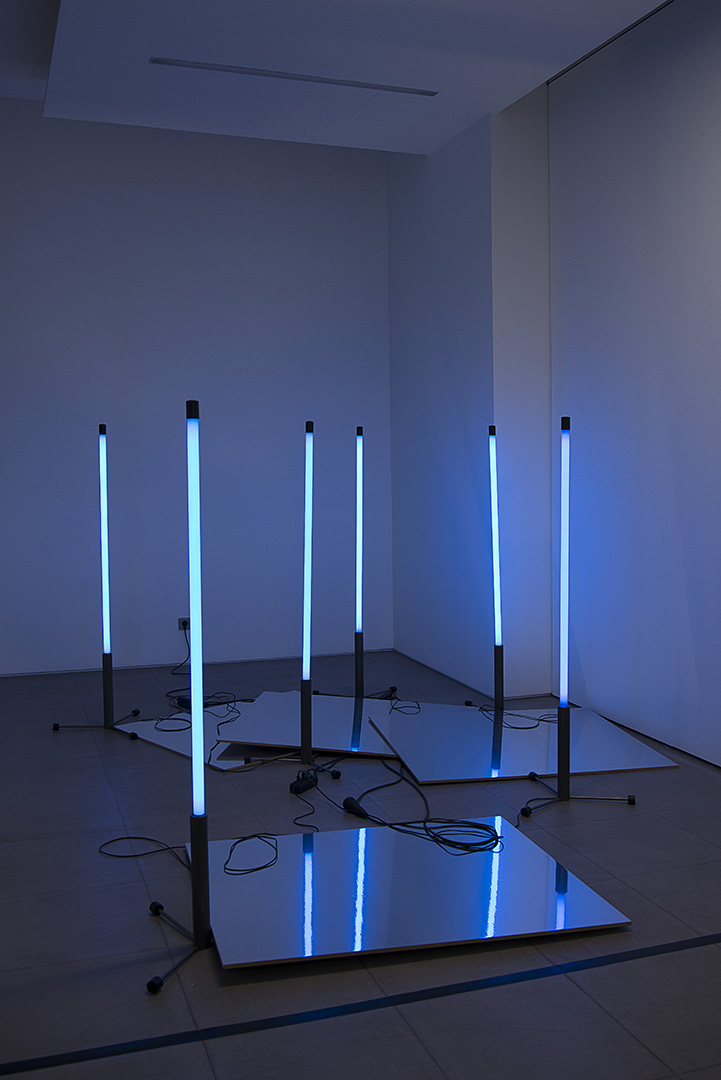
Christopher Dahlhausen, Bozuk Lamba, 2012.
160 x 350 x 380 cm.
Floresan lamba, MDF üzerine ayna vinili, çelik ayaklar, kablo.
While focusing on Dahlhausen's work, the absence of light as well as its presence, color and reflection should also be mentioned. Mirrors on the floor accompany the neon tubes that stand before us thanks to the metal legs. Light is refracted and reflected through these mirrors. The damaged lamp can also be perceived as broken light. Like lightning falling on a lake, the Broken Lamp glows on the smooth surface, creating a magical atmosphere. What contributes to this atmosphere is the repetition and proliferation of light on the floor. The prominent metal legs and exposed wires create a contrast to this elegance, while the light manages to be powerful yet elegant. The light emanating from neons has a cold tone, close to blue. If this light came from the Sun, which is the main light source, it is more likely to remind us of the misty English sky of J. M. W. Turner rather than the daylight of Gauguin in the French Polynesia. Indeed, as Zettl suggests, I believe light has an effect on our emotions, just like colors. Dahlhausen's preferred blue neons also affect the mood of the beholder.
If we go back to Christoph Dahlhausen's Broken Lamp and we look a little more carefully, we will notice many self-conscious contrasts beyond what is seen. While talking about a successful example of light-based art, we can easily miss these contrasts if we do not reach the basis of that art. Unlike the Sun, which continues life on the planet with the heat it gives, Dahlhausen's light warms the room but does not emit warm tones—it makes noise and is trapped in the material. We can say that all the details of the work are almost in contradiction with the features that contribute to human perception of light. Yes, the Broken Lamp also illuminates the room, emitting light and heat, but there is not much to trigger life among the mirrors and cables that are revealed where the light is dispersed. The artificiality, coldness and industrial nature supported by other visible materials are greeted by the light itself, with the heat that fills the space that we can feel when we approach the room while illuminating. On the one hand is the simplicity of the neon while the installation of the lights that appear to be random create a closed circuit that wander our eye from one point in the space to another.
In Christoph Dahlhausen's work, light alone is sculpted and even monumental. Still, other elements of the installation contradict this effect, spreading irreverently across the space. Even as in Keith Sonnier's Ballroom Chandelier Installation (2017), which is included in the Borusan Contemporary Art Collection, Dahlhausen's work also reveals the cable and carrier elements that we are not accustomed to see in art works, and the material used is ordinary in our daily life. reminds that the work consists of objects. Moreover, neon, cable and architectural elements are integrated by simply plugging in the work. The fact that the artists using the art of light make this simple act consciously visible emphasizes that one of the ordinary actions we take for granted today has become an indispensable part of the work.
Vertical neons lined up in an empty and dark room, and mirrors and cables lying at their feet ... In this environment where no traces of any creature other than its viewer are found, Dahlhausen records his own presence, maybe a human touch or a work, on the ground. After all, the Broken Lamp only paints a dark room with the blue light it emits when it is completed by the person we do not yet know.
References
Vardar, B. (2000) Sinema ve Televizyon Görüntüsünün Temel Öğeleri [Fundamental Elements of the Cinema and Television Image], İstanbul, Beta Basım Yayım Dağıtım A.Ş.
Zettl, H. (2017). Sight, sound, motion. Boston, MA: Wadsworth Publishing.
ABOUT THE WRITER
Deniz Can joined the creative industries in 2011 in Izmir as the program director of KKSM. She realized the first Art Route events in which exhibitions on a monthly-created road map are discussed during visits with the support of local administrations, cultural institutions, and universities. The event series planted the seeds for the experiential art initiative that she co-founded. Can, who continues her works focused on arts and visitor experience in Istanbul, Izmir and abroad, moved to Istanbul to continue her institutional curatorial practice as an independent curator. She carries forward her academic writing skills professionally following the education she received in American Collegiate Institute, Economy Department in Koç University and Masters in Cultural Management at Istanbul Bilgi University

